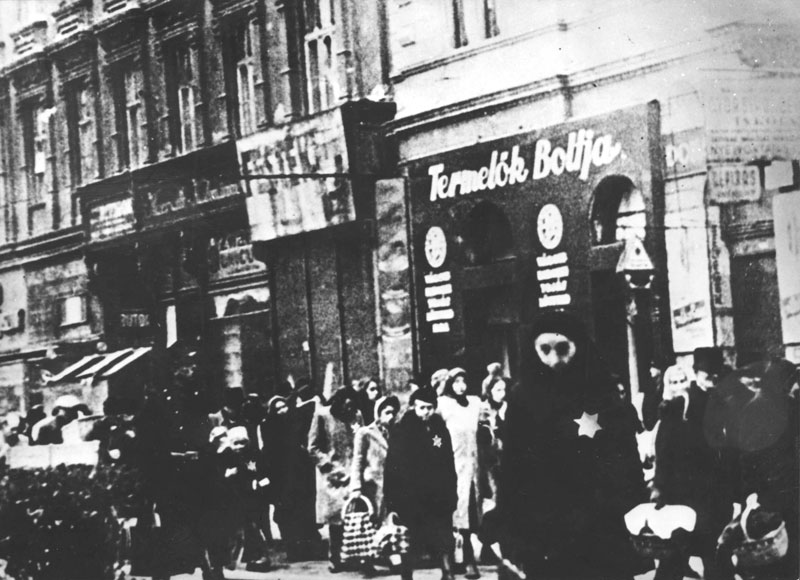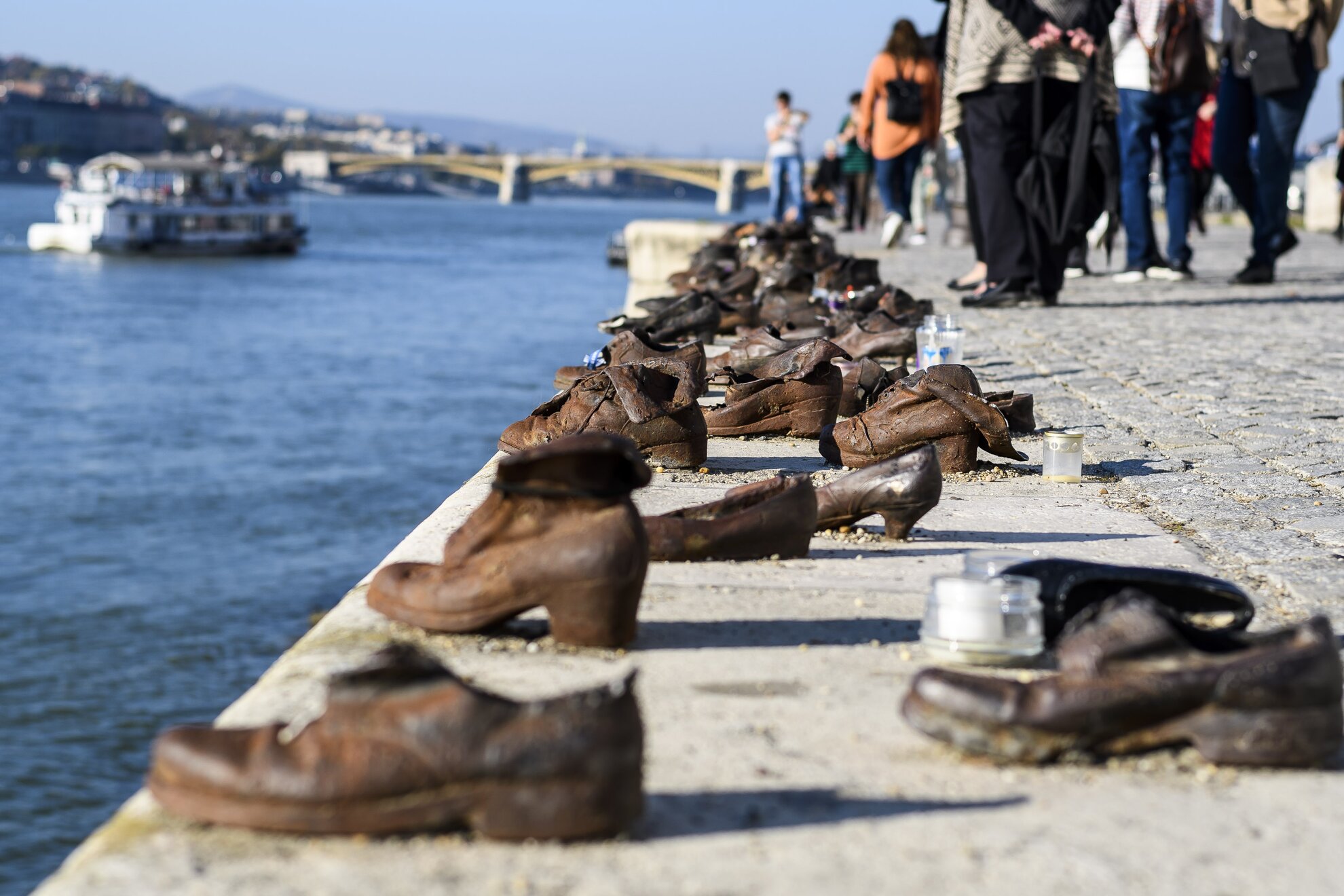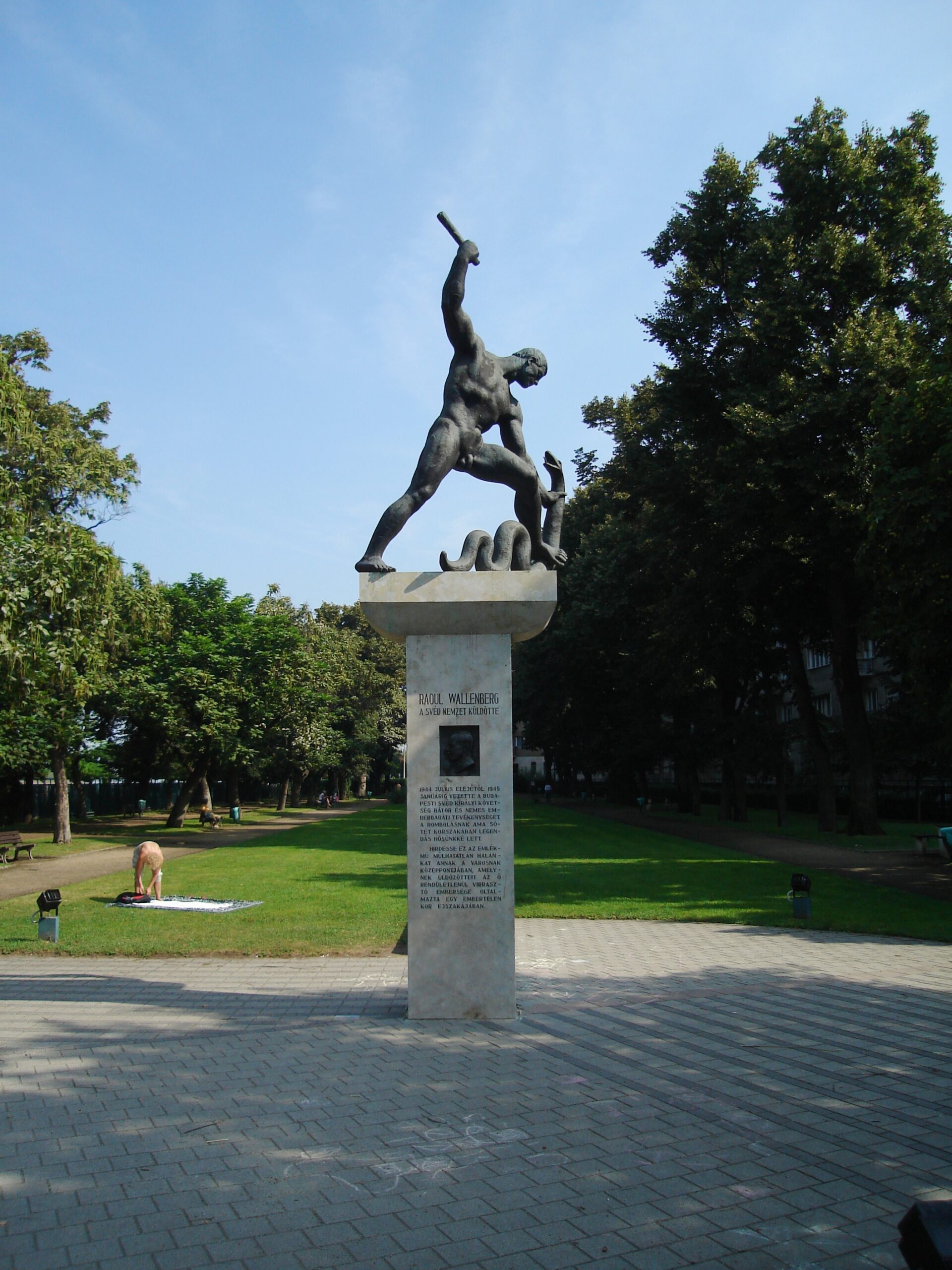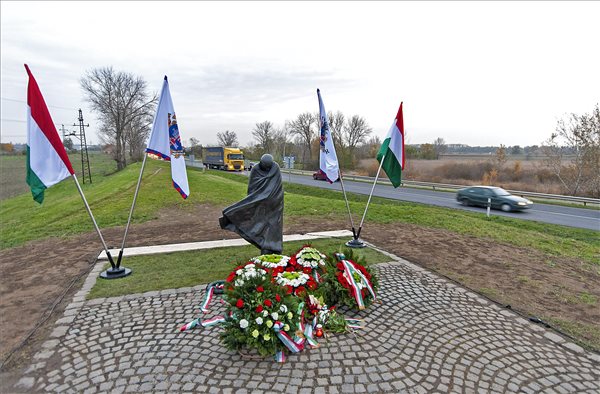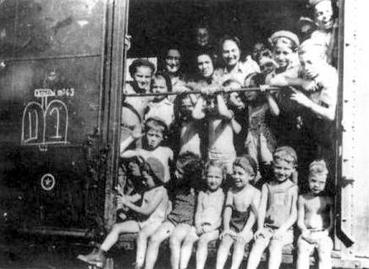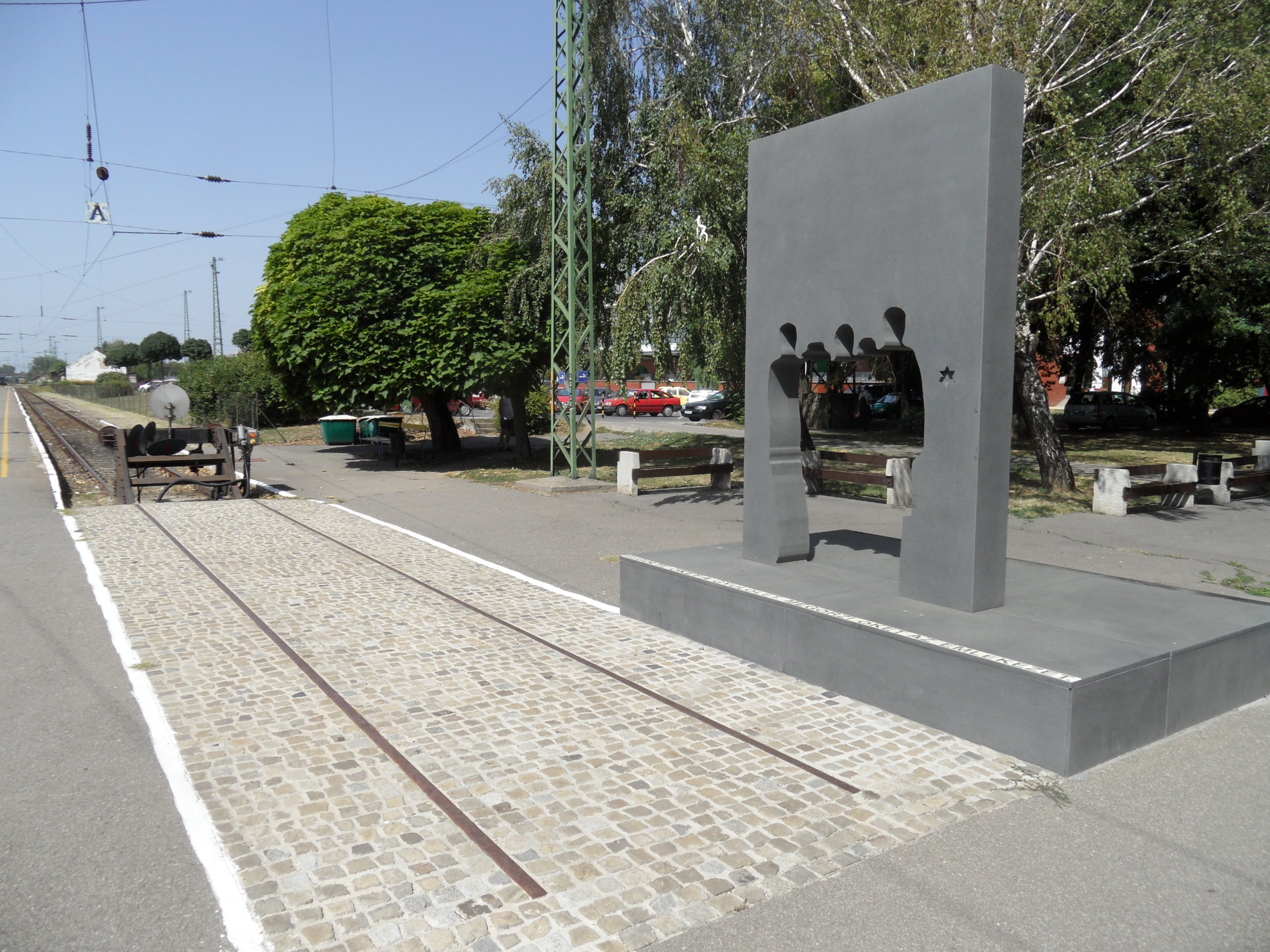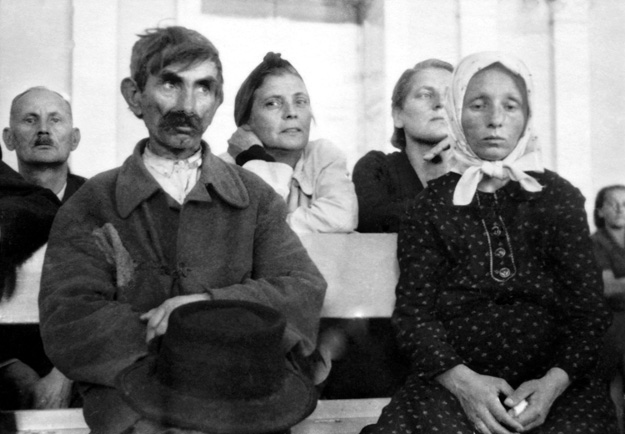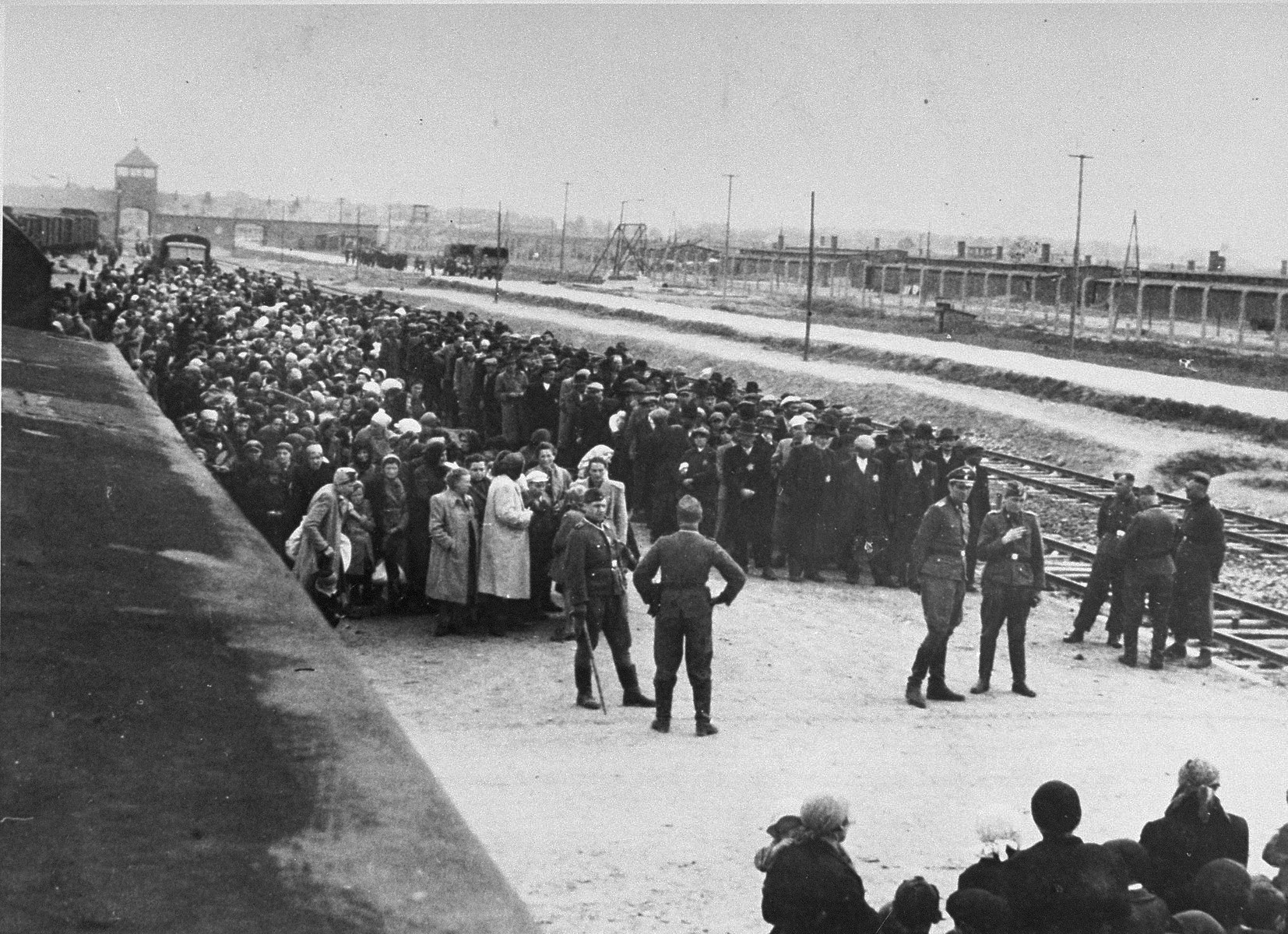
Brick Factory in Obuda – The Holocaust in Hungary
Hungarian figure of the „The Holocaust” topic
The Holocaust in Hungary represents one of the most tragic chapters in the nation’s history, where hundreds of thousands of Hungarian Jews were deported, imprisoned, and murdered during World War II. Across Hungary, several memorials and sites have been established to commemorate the victims and educate future generations about the horrors of this period. These sites also serve as poignant reminders of the broader Central European experience of the Holocaust, where similar atrocities were committed across the region.
One of the key sites in Hungary is the former Brick Factory in Óbuda, Budapest, which played a central role in the deportation of Hungarian Jews. In the spring and summer of 1944, following the Nazi occupation of Hungary, Jews from Budapest and surrounding areas were rounded up and forced into ghettos. The Óbuda Brick Factory served as a transit camp, where thousands of Jews were held under appalling conditions before being deported to Auschwitz and other extermination camps. The factory stands today as a symbol of the systematic destruction of Hungarian Jewry, a tragedy that echoes the broader patterns of deportation across Central Europe.
The Budapest Ghetto, another significant site, was established in the heart of the city’s Jewish quarter in November 1944. The ghetto, surrounded by a high fence, confined over 70,000 Jews in squalid and overcrowded conditions, cut off from the rest of the city. The establishment of the ghetto was part of the larger ghettoization efforts across Hungary, similar to those seen in Warsaw, Krakow, and other Central European cities. The remnants of the ghetto walls and various memorials within the area serve as stark reminders of the suffering endured by the Jewish population during this period.
One of the most powerful memorials in Budapest is the „Shoes on the Danube Bank,” which commemorates the reign of terror inflicted by the Arrow Cross Party, a far-right Hungarian political organization that took power in October 1944. During their brief but brutal reign, Arrow Cross militiamen executed thousands of Jews along the banks of the Danube River, forcing them to remove their shoes before shooting them into the river. The memorial, consisting of iron shoes cast along the riverbank, evokes the memory of those who perished in this senseless violence, linking Hungary’s tragedy to the broader horrors of fascist rule in Central Europe.
Raoul Wallenberg, a Swedish diplomat stationed in Budapest during the war, is remembered for his heroic efforts to rescue Hungarian Jews. The Raoul Wallenberg statue in Budapest honors his memory and the thousands of Jews he saved through the issuance of protective passports and the establishment of safe houses. Wallenberg’s actions are part of a larger narrative of resistance and rescue that occurred across Central Europe, where individuals and organizations risked their lives to save others from persecution.
The Abda Radnóti Memorial in Western Hungary commemorates the Hungarian poet Miklós Radnóti, who was murdered during a forced labor death march in 1944. Radnóti, along with many other Jews and political prisoners, was subjected to Hungary’s brutal labor service system, which conscripted Jews into forced labor battalions. These battalions, similar to those in other Central European countries, were often sent to the front lines or were forced to work under inhumane conditions, leading to countless deaths.
The Kastner train, which departed from Budapest’s Rákosrendező Train Station in 1944, is another significant part of Hungary’s Holocaust history. The train carried nearly 1,700 Jews to safety in Switzerland, negotiated by Jewish leader Rezső Kasztner with Adolf Eichmann. The Kastner train is a testament to the complex and often controversial efforts to save Jewish lives during the Holocaust.
Finally, the Kunmadaras pogrom in 1946 has to be mentioned. In this case several Jews were killed by local residents, which underscores that antisemitism in Hungary did not end with the war. This tragic event is a reminder of the ongoing struggles faced by Holocaust survivors in Central Europe, where post-war violence and discrimination continued to plague Jewish communities.
These memorials and sites together form a network of remembrance across Hungary, connecting the country’s experiences with those of its Central European neighbors. They serve as vital tools for education and reflection, ensuring that the horrors of the Holocaust are never forgotten and that the lessons of this dark chapter in history continue to resonate across generations.
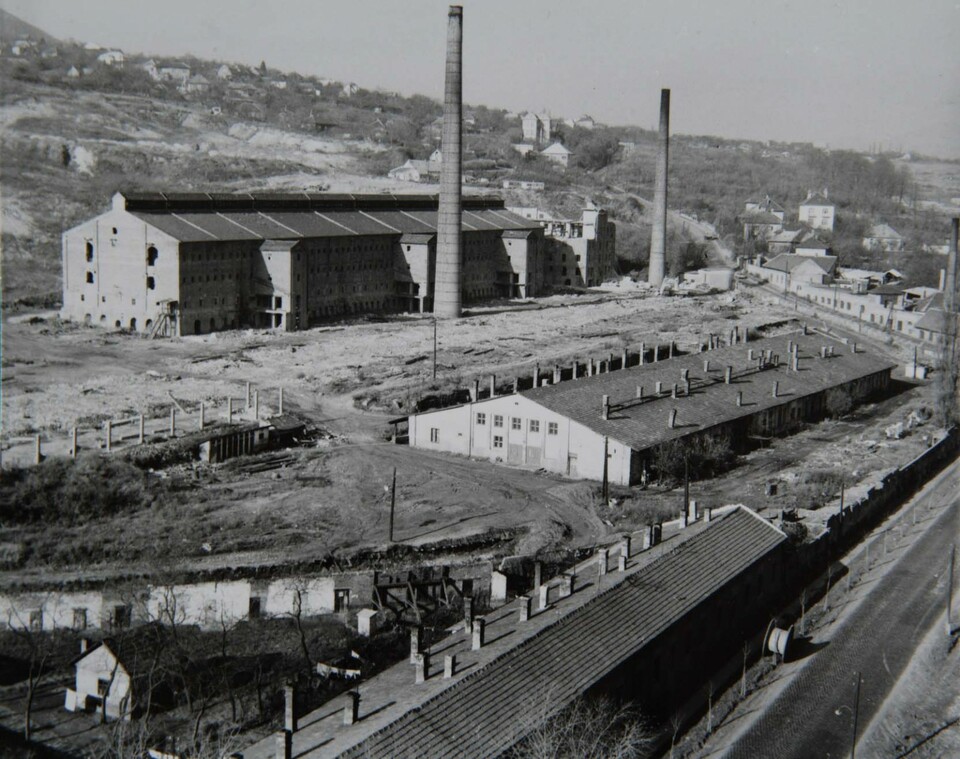
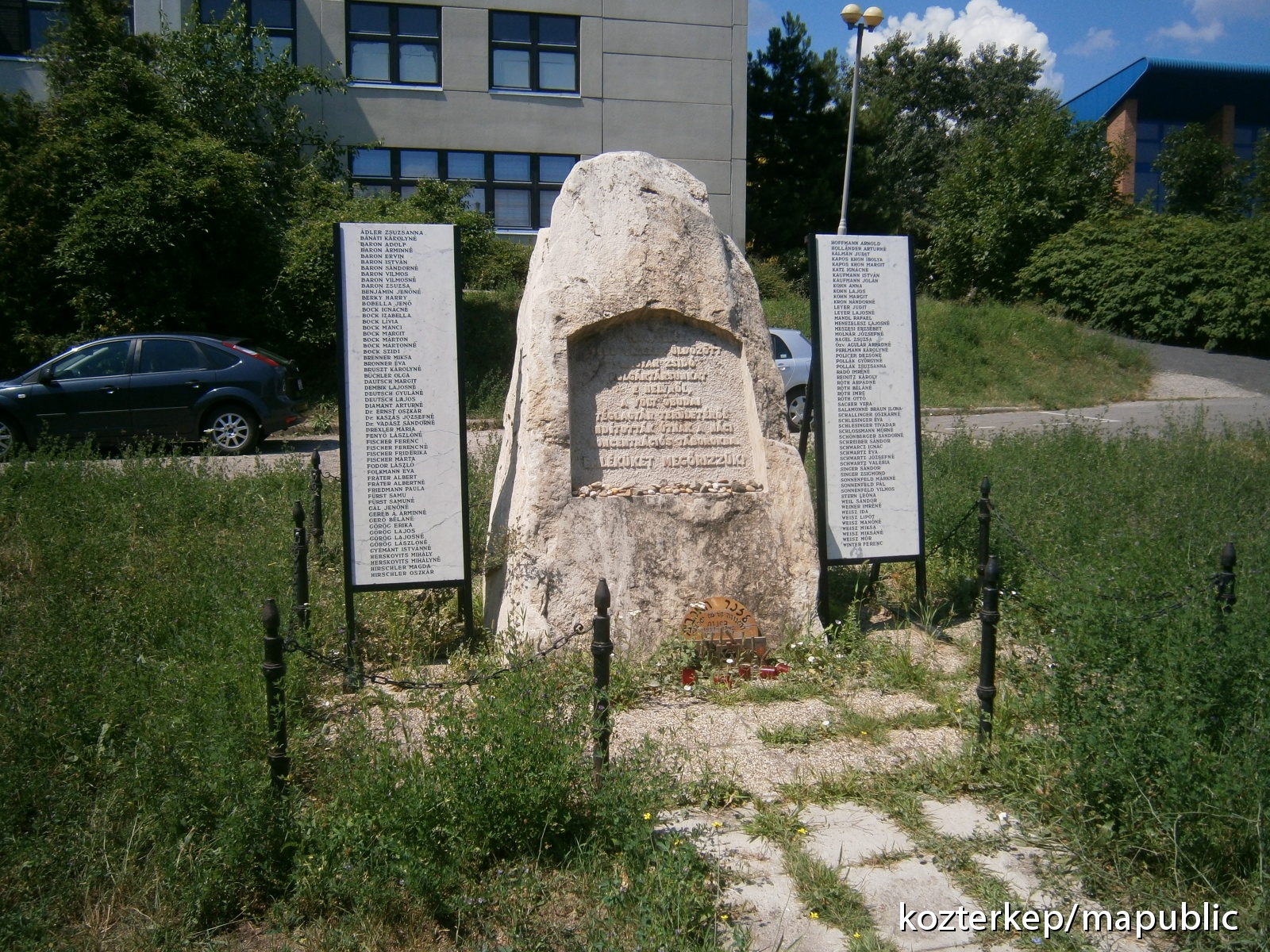
Facts


